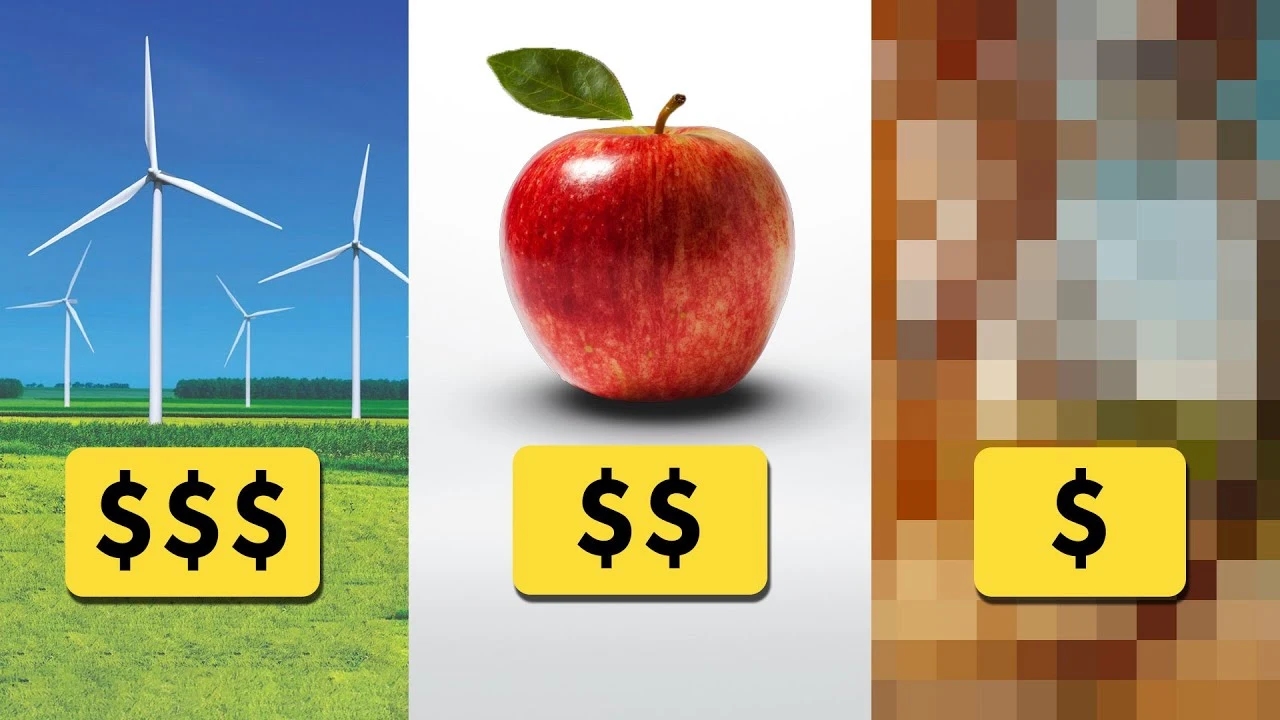I think this was a good video overall, though I do strongly disagree with his recommendation that trying to build a more just and fair world, i.e, degrowth or social revolution, right now, isn’t a good idea.
If anything, climate change is one of the most powerful things we have in our favor to make social change happen. To suggest we should tackle that part later, is just kicking the can down the road when there is less desire for rapid societal change.
As part of needing to attack the climate crisis from all angles, we must also the behavior that got us here in the first place.
If he thinks radical, systemic changes shouldn’t be attempted right now, that implies that he also thinks the necessary climate solutions are achievable within the existing system. What is basing that on? There is absolutely no reason to believe that the necessary solutions are possible within the existing systems, given that essentially all countries are well, WELL behind where they need to be to meet their own climate pledges.
What a clickbait thumbnail :/
Can you spoil the video for me please
The most cost-effective things that eliminate the most carbon are, according to the research done by Drawdown:
- Utility Scale Solar PV
- Improved home insulation
- Electric cars
- Bamboo production
- Distributed Solar PV (home installations)
- Wind Farms
- Plant based diets
But I suspect electric bicycles are far better than Electric cars.
They sure are. It sounds like this video is examining these things in isolation instead of looking at the wider social effects that also help counter climate change. For example, if you build houses closer together, you’ll not only reduce heating and cooling costs, you’ll also reduce the monetary and carbon costs of infrastructure, you’ll improve the efficiency calculation of public transit, and you’ll make bikes more viable. One change with knock on effects that help three different sustainability areas. One change that literally costs negative money and also helps the environment. How did this not make the list??
Also shooting rich people dead only costs a hunting rifle and some bullets, and it prevents hundreds of private jet flights a year.
The video was analyzing the effects of the costs until 2050. Things like housing density increase slowly so might not be impacted substantially by 2050. Also most of the best solutions have a negative cost projected out to 2050, so no killing people isn’t a better solution.
That and good rail transit everywhere
Probably “less vehicle miles traveled” aligns with your comment about bicycles
He summarizes the recommendations from the book drawdown.
Spoiler: Dying is the cheapest option.
Just make sure that if you decompose into any methane, that someone captures it and uses it as fuel.
The covid impact is an interesting example of demand reduction.
In my country the imact of petrol in road and air travel still being below pandemic levels in 2022 (latest data) is about 75TWh less fuel demand. This is almost as big as the output of all wind, solar hydro power gen in the country in energy terms (85 TWh) in 2022, and we’ve been investig fairly heavily for 2-3 decades now.
For cost effective . …
Drive less, drive (travel) more efficiently, live closer to the things you need.
Heat less, heat more efficiently. (I live in a cold country so cooling is not something i know much about - apart from it being a natural fit for distributed solar PV).
. . . probably also breed less on a global scale for the long term.I think the pandemic proves that people can travel less if forced too, they just don’t want to, hence the bounce back we’ve been seeing.
But some structural improvements such as work from home for many office workers have locked in some benefits.Some of the other solutions have complex feedbacks and infrastructure dependencies though. I don’t like utility scale PV as it competes with farmland or other land use like forests / swamps.
EVs and electrification of heat will ulimately double or triple the demand on our national electricity grid - i just can’t see renewable elec gen growing to that level even on a 30 year horizon .We tend to do the easy and cheap projects first, so the next 300% is likely to be more than 3x as hard as the 100% so far. The exponential growth of the last few decades will plateau into an S-curve eventually. I think it already has for PV gen - which despite what this dude said in the videos, seems to need subsidy to drive uptake.
Maybe, unless we re-think hydro strategyEating the rich, of course.
Do you want to fix the climate before it kills billions of people?
I don’t think penny-pinching is going to cut it.
The point isn’t penny pinching, its more that if you’re trying to address climate change, and you have a limited budget (which every organization does), then it makes sense to do whatever will let you achieve the greatest impact with what you have.
Doctor Simon Clark? He has a phd!









